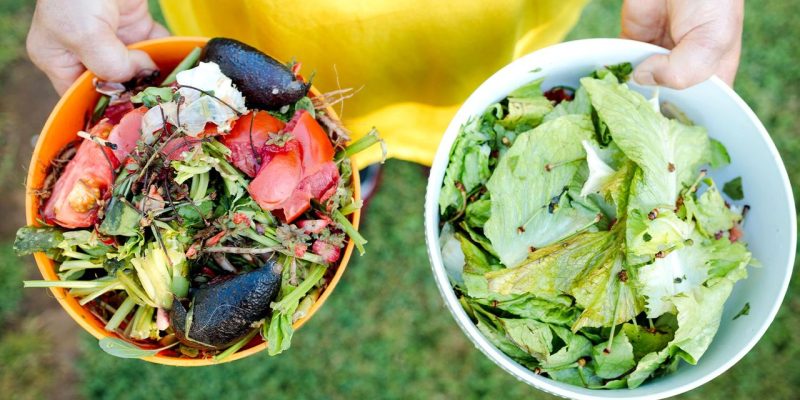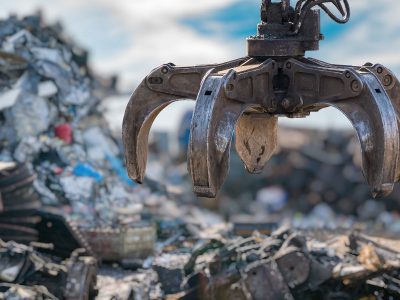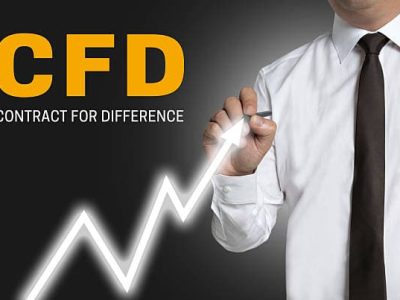Inside a vast processing facility where the air smells of possibility mixed with yesterday’s refuse, workers sort through materials most people would consider garbage. Discarded textiles, obsolete electronics, industrial offcuts, and commercial packaging arrive by the truckload. What emerges tells a different story altogether. Up cycled products at Advance Recycling represent the endpoint of a carefully orchestrated process that transforms waste streams into commodities, revealing how environmental necessity has birthed an industry that exists in the shadow between disposal and creation.
The Infrastructure Behind Transformation
The operation runs with military precision. Material arrives at receiving docks where initial sorting occurs. Workers trained to identify salvageable components separate incoming waste into categories invisible to untrained eyes. A pallet of damaged textiles gets divided into sections based on fabric type, condition, and potential applications. Electronic waste undergoes disassembly, with components graded for reuse, refurbishment, or material recovery. Nothing moves randomly; every item follows predetermined pathways mapped through months of process refinement.
This systematic approach emerged from necessity rather than planning. Early operations struggled with contamination, mismatched materials, and production bottlenecks that threatened viability. Management responded by studying industrial manufacturing processes, adapting quality control methodologies developed for conventional production to the inherently variable nature of waste streams. The result resembles an assembly line operating in reverse, deconstructing discarded items before reconstructing them into new forms.
From Waste Stream to Product Line
The range of Up cycled products at Advance Recycling reflects both material availability and market demand. Industrial textiles, particularly durable materials like canvas, denim, and synthetic fabrics, become bags, aprons, and protective equipment. These items appeal to consumers seeking durability and environmental credentials simultaneously. A messenger bag constructed from decommissioned industrial curtains will outlast conventional products whilst carrying a provenance story that justifies premium pricing.
Wood waste follows similar trajectories. Pallets, construction offcuts, and decommissioned furniture arrive as undifferentiated timber. After sorting by wood type and condition, pieces become furniture, decorative items, and architectural elements. The transformation requires skilled labour. Craftspeople assess grain patterns, structural integrity, and aesthetic potential before determining optimal applications. A plank salvaged from demolished scaffolding might become a table surface or wall panelling depending on characteristics only expertise reveals.
Electronics present different challenges and opportunities:
- Component harvestingrecovers functional elements like circuit boards, motors, and sensors for resale to repair operations or manufacturers seeking spare parts.
- Precious metal recoveryextracts gold, silver, copper, and rare earth elements through careful disassembly before these materials enter chemical recycling processes.
- Casing repurposingtransforms plastic and metal housings into organisers, containers, and decorative items, preserving the energy invested in original manufacturing.
The Economics of Material Recovery
Revenue models for upcycled goods differ fundamentally from conventional retail. Traditional manufacturing achieves profitability through volume and efficiency, producing identical items at scale to minimize unit costs. Upcycling operates inversely. Each piece varies based on source material characteristics. Production runs remain small, often measured in dozens rather than thousands. Value comes from uniqueness and narrative rather than uniformity.
This economic reality shapes business decisions at every level. Pricing reflects labour intensity and material scarcity rather than production costs alone. A wallet made from salvaged leather commands prices comparable to new goods because skilled handwork justifies the premium. Markets segment naturally, with environmentally conscious consumers and design enthusiasts willing to pay for provenance and craftsmanship that mass production cannot replicate.
Labour represents both the largest cost and greatest value addition. Unlike automated manufacturing, upcycling requires human judgment throughout production. Workers must assess material condition, select appropriate transformation methods, and execute skilled fabrication. This labour intensity limits scalability but creates employment opportunities requiring craft skills increasingly rare in automated industries.
Navigating Regulatory Complexity
Operating at the intersection of waste management and manufacturing creates regulatory ambiguity. Materials entering the facility as waste must be documented under environmental regulations. Products leaving as goods face consumer safety standards. The transition point where refuse becomes merchandise exists in poorly defined legal territory.
Management navigates these grey areas through deliberate documentation and quality control. Every material batch gets tested for contaminants. Products undergo safety evaluations ensuring they meet standards applicable to new goods. This diligence protects both consumers and the operation itself, though compliance costs reduce margins already compressed by labour intensity.
Insurance and liability concerns compound regulatory challenges. Policies written for conventional manufacturing poorly address risks associated with variable input materials. Coverage gaps exist around products failing due to hidden defects in salvaged components. Legal precedents remain sparse because upcycling at industrial scale represents relatively recent development.
The Upcycling Calculation
Whether Up cycled products at Advance Recycling represent genuine environmental progress or clever marketing remains debatable. Life cycle analyses suggest upcycling reduces environmental impact compared to virgin material extraction and processing. Energy requirements prove lower, carbon emissions decrease, and landfill burdens diminish. Yet comprehensive accounting must include transportation, processing, and the possibility that some salvaged materials might have been recyclable through conventional means potentially yielding better environmental outcomes.
These calculations matter less to customers than the tangible connection to waste reduction. Purchasing an upcycled product provides visible evidence of environmental action, a physical object representing diverted waste. Whether this represents optimal resource use proves secondary to the psychological satisfaction of participating in circular economy narratives.
The operation continues expanding, adding processing capacity and product categories as material streams and market demand grow. What began as experimental operation testing whether waste could become revenue has evolved into established enterprise demonstrating that trash, properly transformed, holds value someone will purchase.













Comments